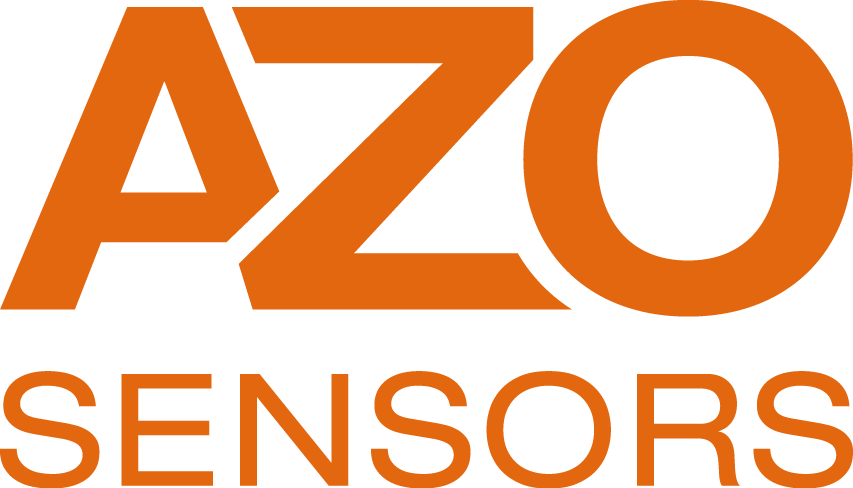Innovative Optical Hydrogen Sensors Pave the Way for Safe Aviation and Extreme Environment Applications
Key Ideas
- TU Delft scientists have developed thin, tantalum-based optical hydrogen sensors for safe hydrogen use in extreme conditions like aviation and polar operations.
- The sensors employ metal-hydrides to detect hydrogen concentration via optical changes, achieving response times under 10 seconds, even at -60 °C.
- The breakthrough addresses challenges in identifying materials for extreme environments and opens avenues for further improving sensor performance and applications.
Scientists at TU Delft have developed innovative optical hydrogen sensors to facilitate the safe utilization of hydrogen in challenging environments such as aviation and polar regions. These sensors, made of thin tantalum layers, detect hydrogen leaks by measuring changes in optical transmission when hydrogen is absorbed. The interdisciplinary team from TU Delft is collaborating on EU-funded projects to further advance hydrogen sensor technology. The key to the sensor's effectiveness lies in the metal-hydrides used in its construction, enabling rapid detection of hydrogen concentration. Despite facing challenges due to the slow processes at low temperatures, the team successfully demonstrated the sensor's functionality at -60 °C. This breakthrough provides crucial insights for improving sensor performance, as demonstrated by the team's achievement of response times under 10 seconds. Moreover, the research has paved the way for implementing the sensors in real-world scenarios, including environments with other gases and high humidity. Future work aims to refine the sensors and develop advanced methods for multi-point hydrogen concentration measurements within aircraft.
